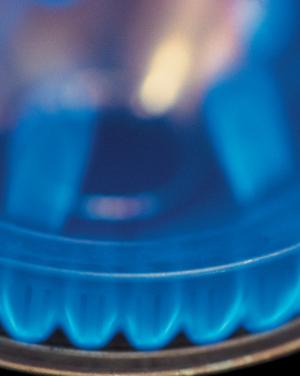Better designs are needed to realize the goal of lower-cost gas.
Ken Costello is a senior institute economist at the National Regulatory Research Institute, Ohio State University. Contact him at costello.1@osu.edu. James F. Wilson is a principal with LECG LLC. Contact him at jwilson@lecg.com. The views expressed in this article are those of the authors, and do not necessarily represent views or positions of NRRI, LECG, or the authors’ clients. This article is based on a longer paper on the topic, which is available on request from either author.
As customers receive substantially higher bills than they received last winter from local natural-gas distribution companies (LDCs), questions arise as to what more the utilities could be doing to contain their gas-supply costs, and what regulatory changes could contribute to lower gas costs for the future.

The gas-procurement choices LDCs make, how they manage assets that are held for this function, and the extent to which costs are hedged far in advance determine the cost of gas their customers ultimately pay. For most LDCs, these costs have been fully recovered from customers, subject to prudence review, under a purchased gas adjustment (PGA) tariff clause. Consequently, utilities have had no direct incentive to purchase supply and manage the associated assets most economically. Furthermore, the threat of a prudence review and possible disallowance can discourage utilities from actions (such as hedging) that might be in the customers’ long-term interest, but lead to higher gas costs in some years.
With the unbundling and increasing competitiveness of the natural-gas industry during the past two decades, LDCs have faced a much broader array of choices for acquiring gas supply for customers. This has made gas procurement more complex, and effective regulatory oversight less feasible and more costly.

